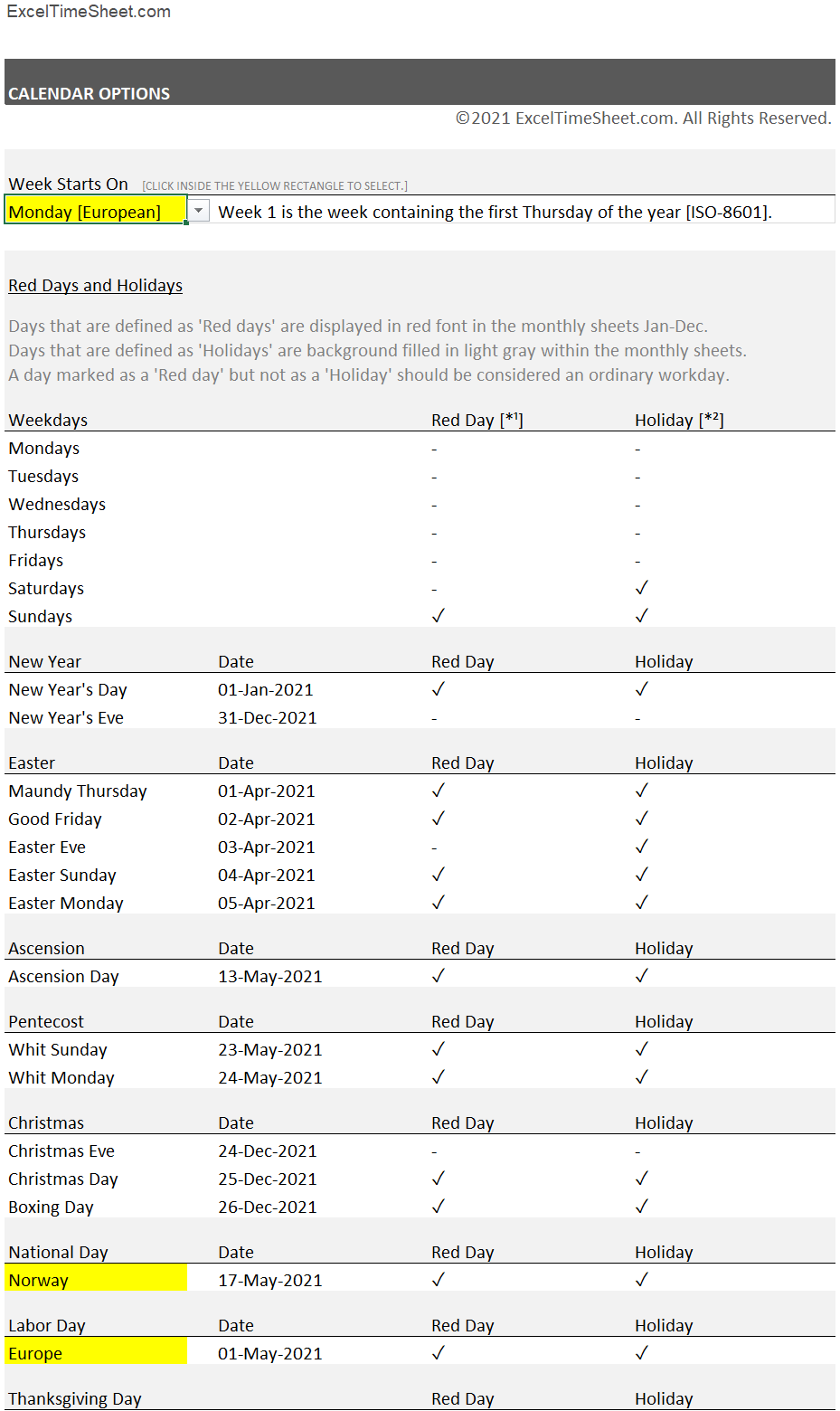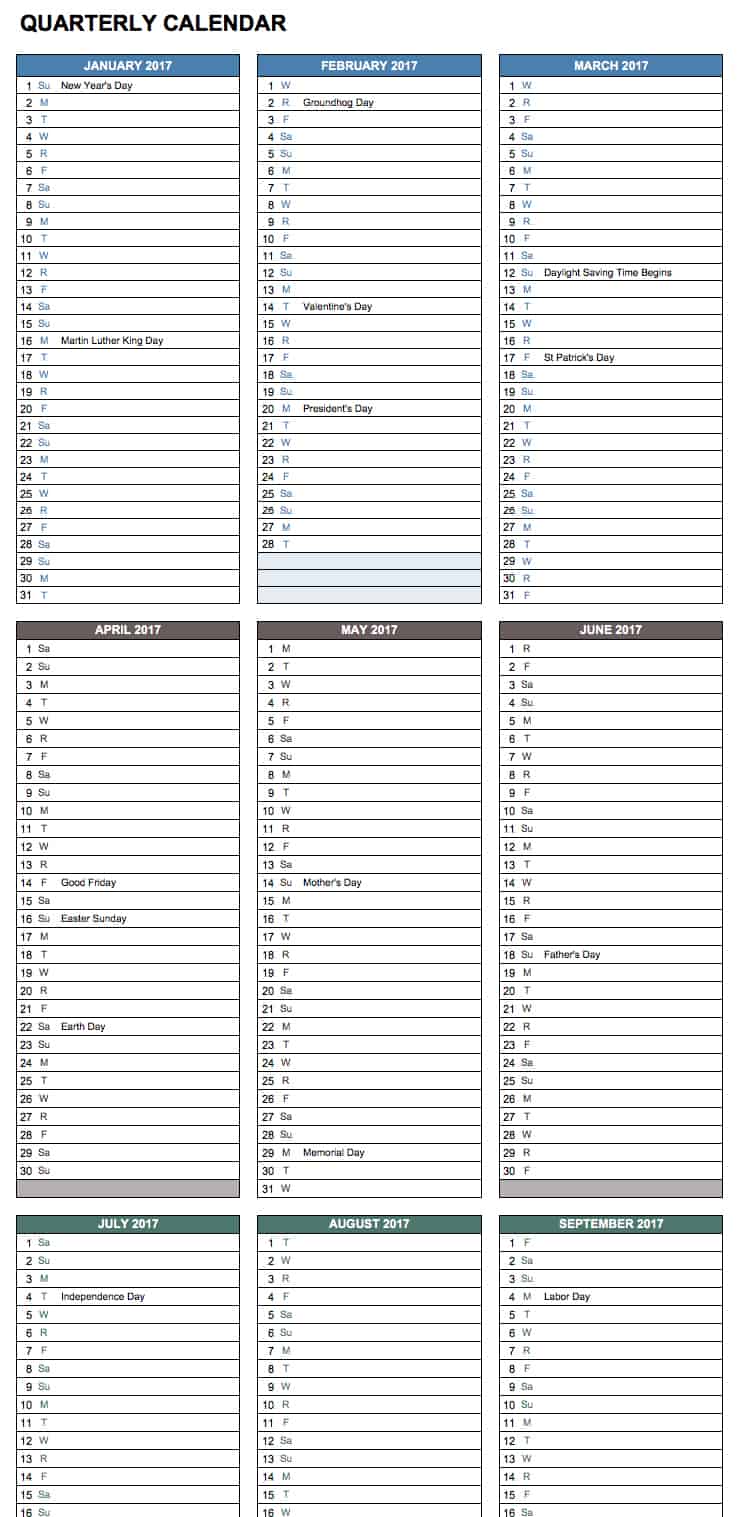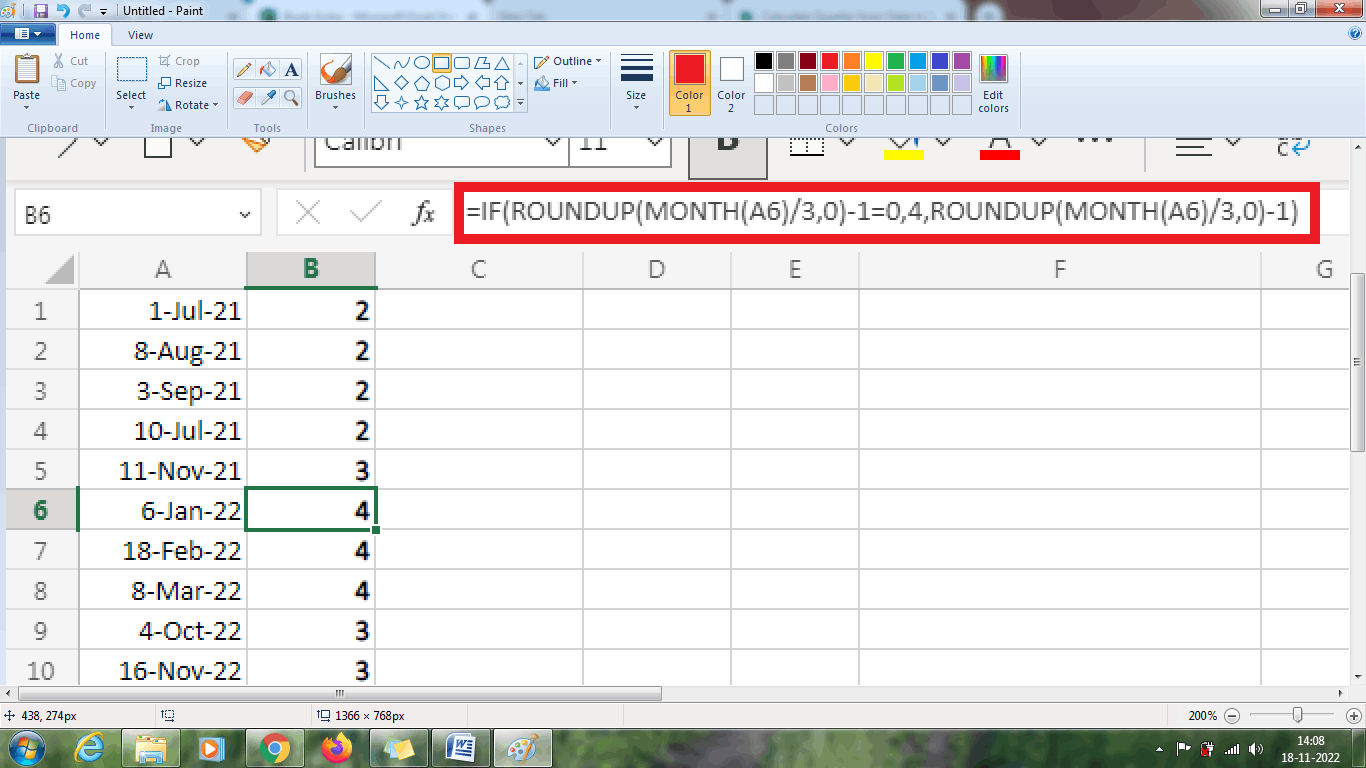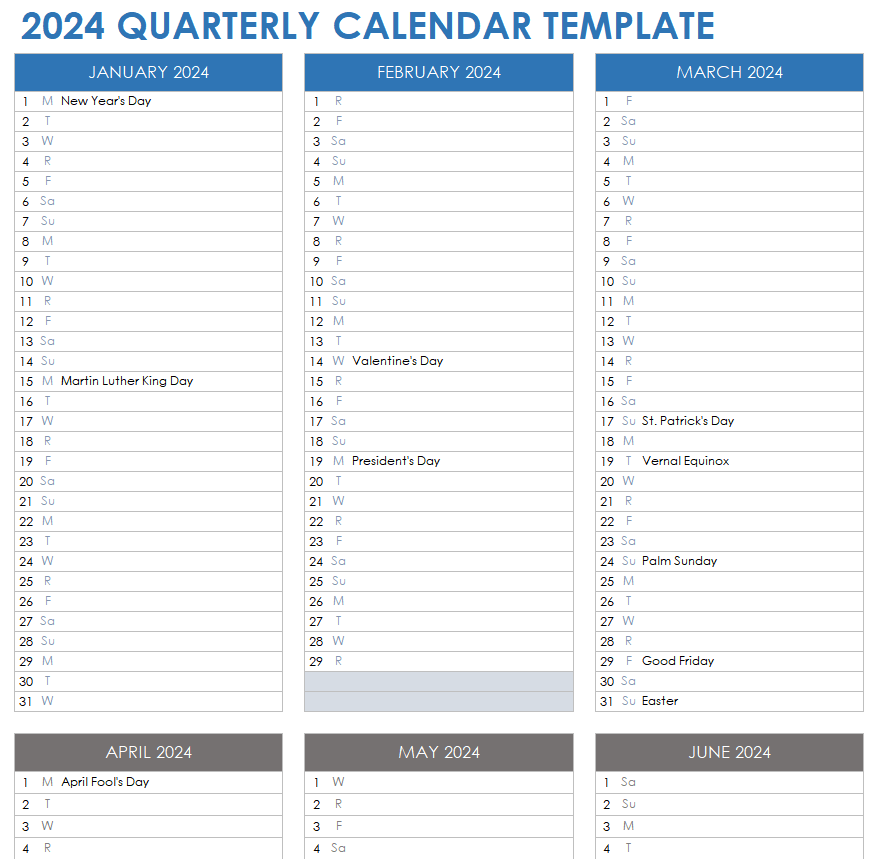
As one of the most powerful tools in the Microsoft Office suite, Excel offers a wide range of functions to manipulate and analyze data. One common task when working with dates in Excel is extracting the quarter from a given date. This can be particularly useful for financial analysis, sales tracking, and other applications where quarterly data is crucial. In this article, we'll delve into a straightforward Excel tutorial on how to get the quarter from a date in Excel, making it easier for you to organize and analyze your data effectively.
Understanding the Problem
When dealing with dates in Excel, you might find yourself in a situation where you need to categorize or analyze data by quarters. For instance, if you have a list of sales data with corresponding dates, extracting the quarter can help you summarize sales performance over different quarters of the year. The challenge lies in how to efficiently extract this information from a date column in your Excel spreadsheet.
The Solution: Using Excel Functions
Excel provides several functions that can help you achieve this, with the most straightforward being the combination of the YEAR and MONTH functions, or using the more specialized functions like QUARTER (available in some versions of Excel) or the INT and MONTH functions in combination. Here’s how you can use these functions:
### Using the QUARTER Function (For Excel Versions That Support It)
If your version of Excel supports the QUARTER function, this is the most direct method:
```excel
=QUARTER(A1)
```
Assuming the date you want to extract the quarter from is in cell A1, this function will return a number from 1 to 4, representing the first quarter through the fourth quarter, respectively.
### Using the MONTH Function for All Excel Versions
For a more universally applicable method that works across different Excel versions, you can use the MONTH function in combination with some basic arithmetic:
```excel
=INT((MONTH(A1)-1)/3)+1
```
This formula calculates the quarter by first determining the month of the date in A1, subtracting 1 to make the calculation easier, dividing by 3 to group the months into quarters, taking the integer part of the result (which effectively groups the months into quarters), and then adding 1 to get the quarter number (1 through 4).
Implementing the Solution
1.
Select the Cell: Choose the cell where you want to display the quarter.
2.
Enter the Formula: Type in the formula that suits your Excel version, either using the QUARTER function if available or the MONTH function combination.
3.
Reference the Date Cell: Replace A1 in the formula with the reference to the cell containing the date from which you want to extract the quarter.
4.
Press Enter: After typing the formula, press Enter to execute it.
5.
Apply to Other Cells: If you have a list of dates, you can drag the fill handle (the small square at the bottom-right corner of the cell) down to apply the formula to other cells.
Extracting the quarter from a date in Excel is a simple yet powerful technique for data analysis. Whether you're using the specialized QUARTER function or leveraging the MONTH function, Excel provides the tools you need to efficiently categorize and summarize your data by quarter. By following this Excel tutorial, you'll be able to enhance your data analysis capabilities, making it easier to track trends, performance, and patterns in your data over time. Remember, mastering Excel functions like these can significantly streamline your workflow and improve your productivity in handling and analyzing data.









